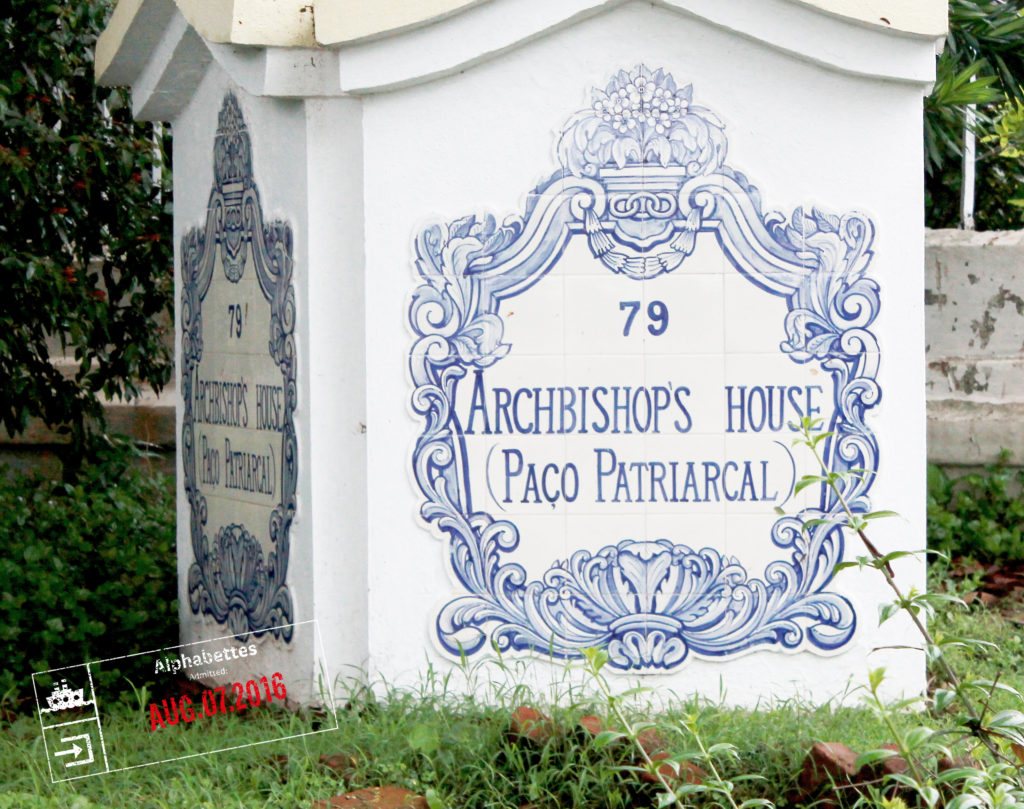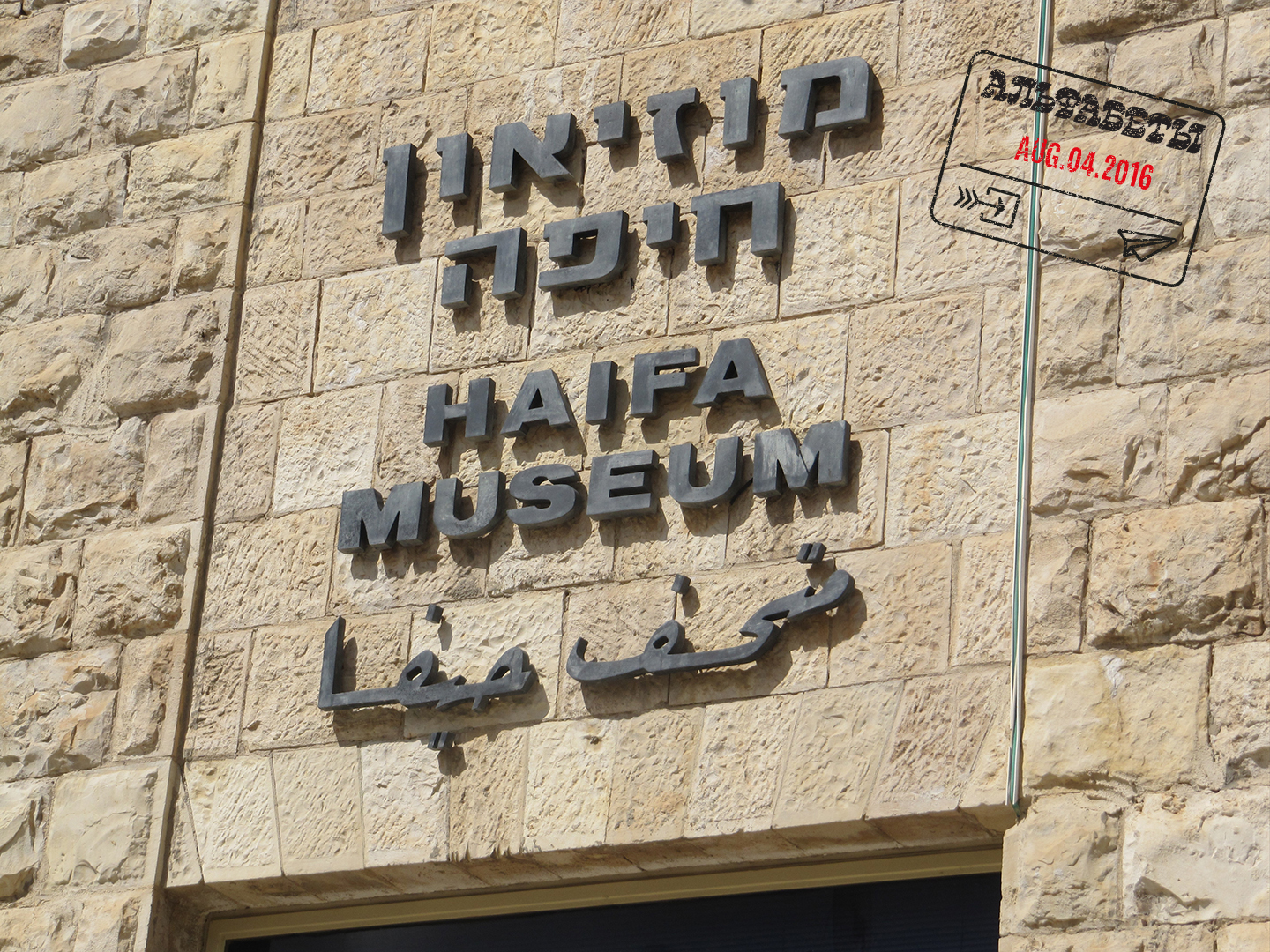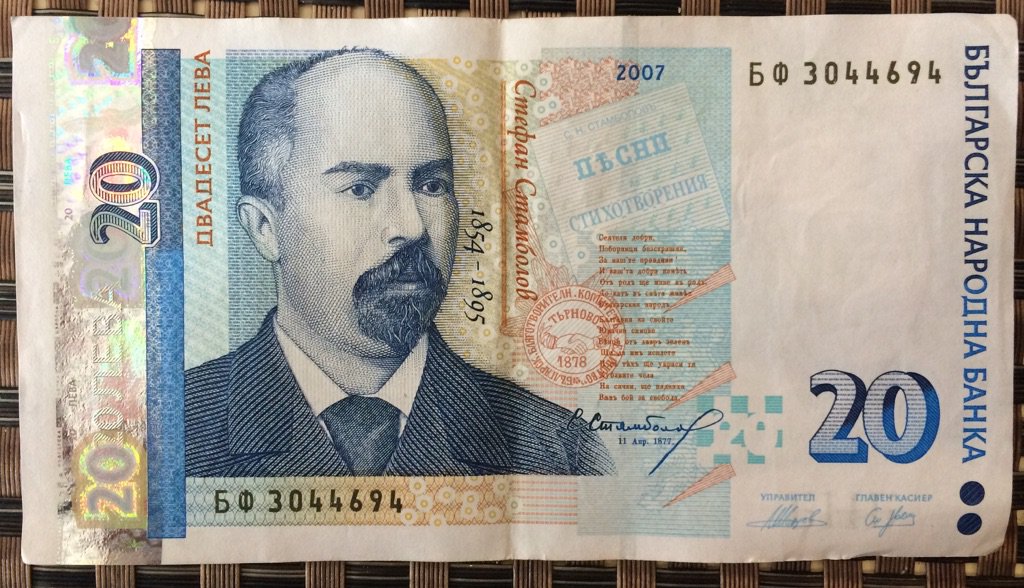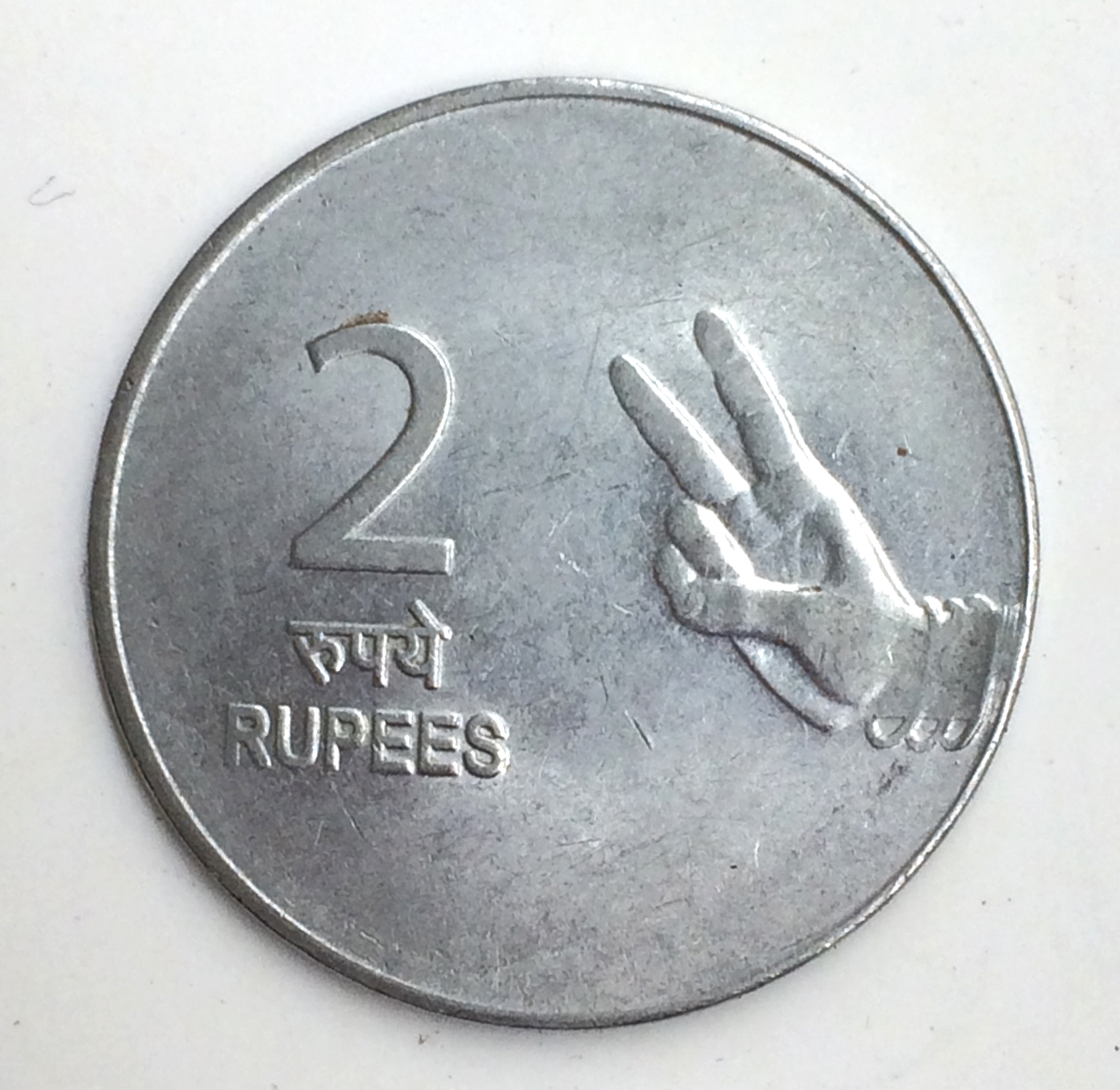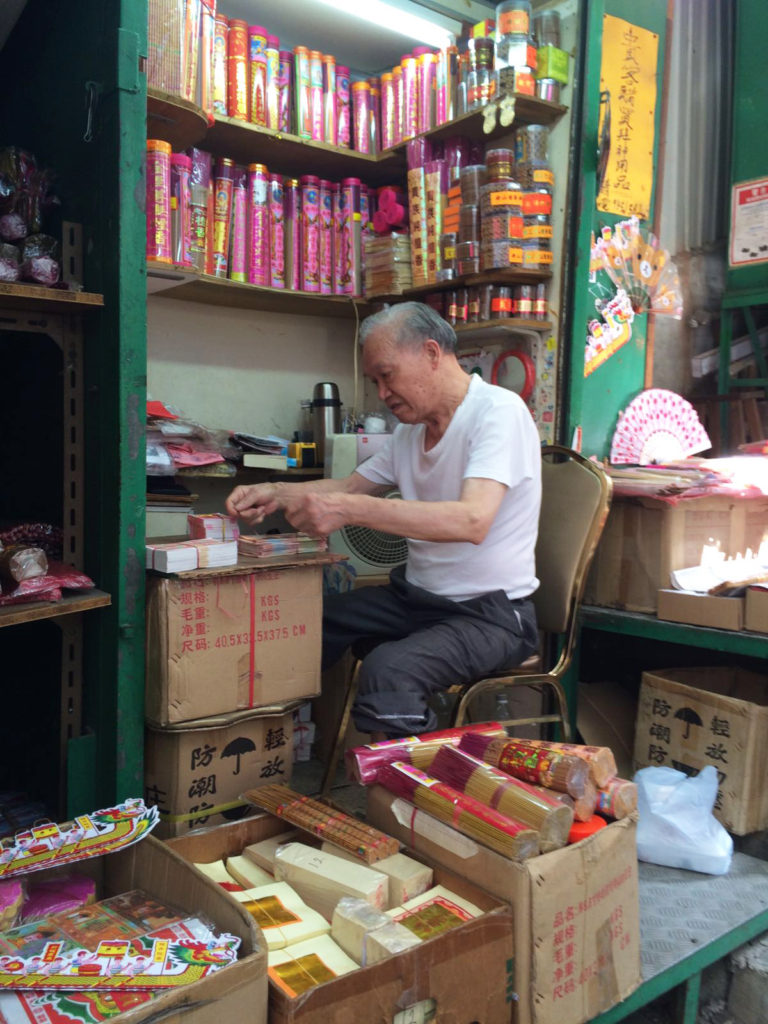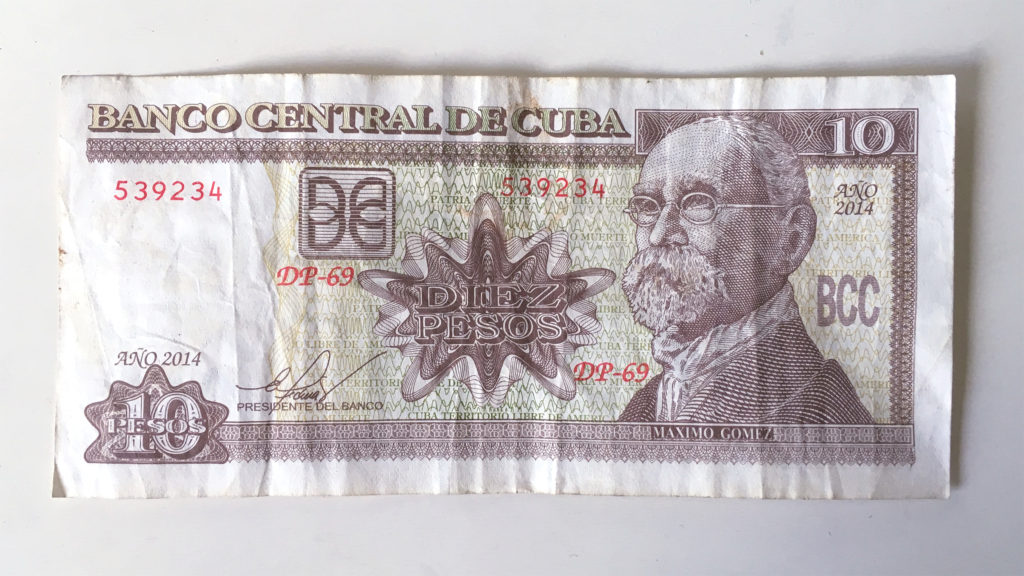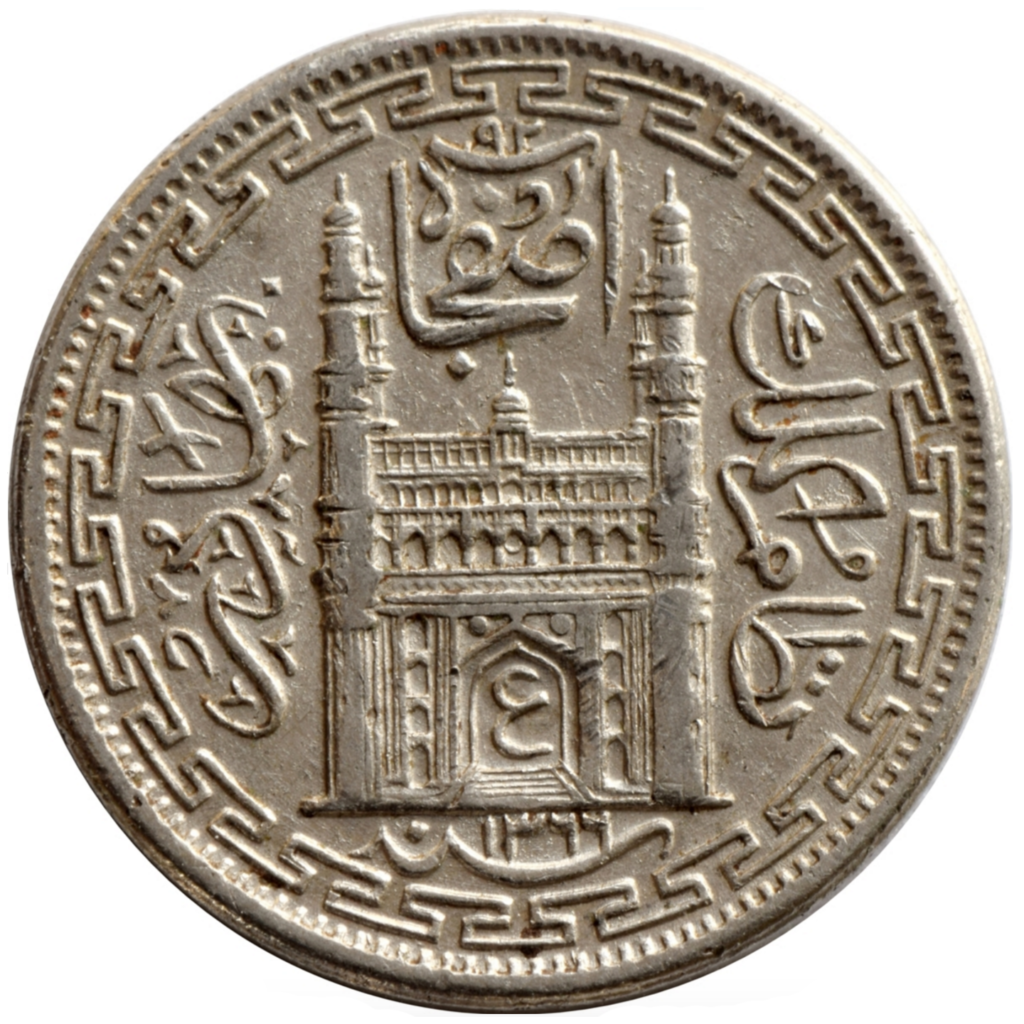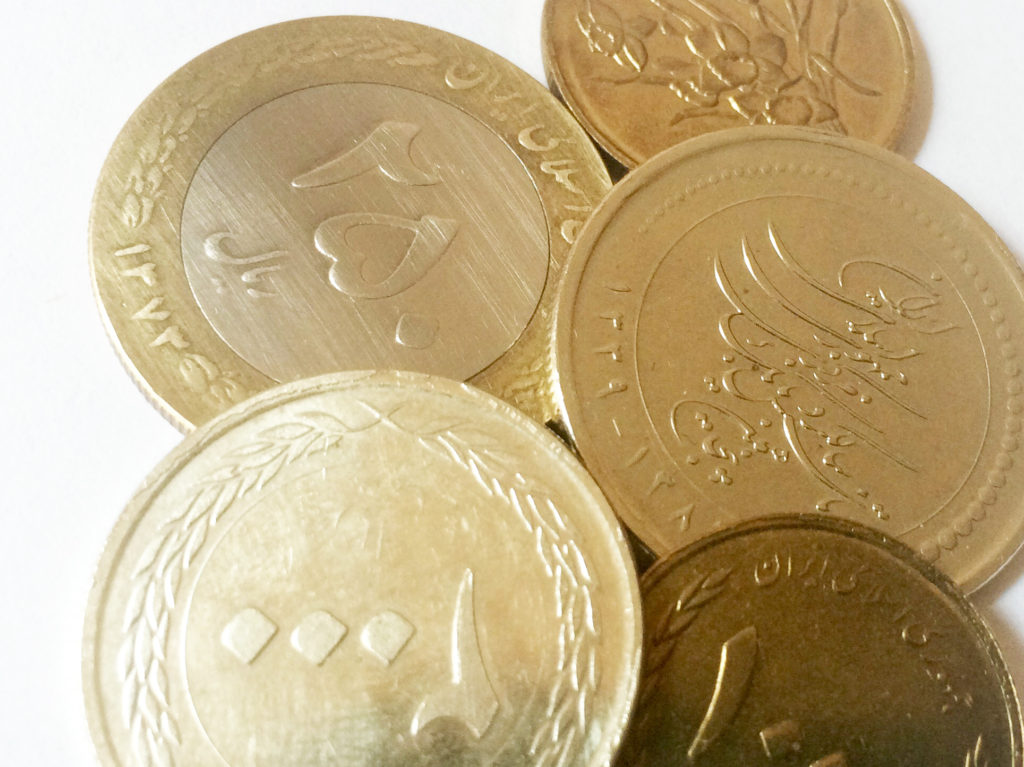It can be quite the cliché to mention the cultural diversity in a country as large as India, but sometimes, the obvious deserves repeating, especially when it can be supplemented with photographs of beautiful shop signs and house nameplates. In order to demonstrate this, I invite you to join me in Goa, the smallest of India’s twenty-nine states, well-known for its beaches, parties and electronic music festivals.
Unlike the majority of the country, the state of Goa wasn’t a colony of the British. The Portuguese arrived here in the early 1500s and Goa remained under their control till 1961 when it was annexed by India after military action. Interestingly, it was 1556 in Goa that the first printing press from the West arrived in India. Over 450 years of Portuguese rule has left its mark here and it is easy to spot in the architecture and lettering, especially in neighbourhoods like Fontainhas, an old Latin Quarter in the state capital Panjim.

